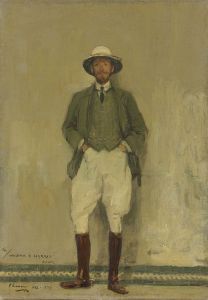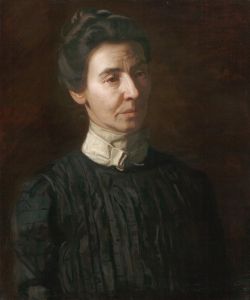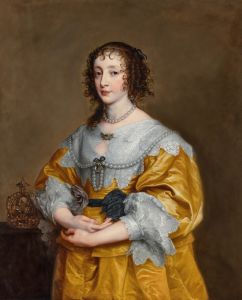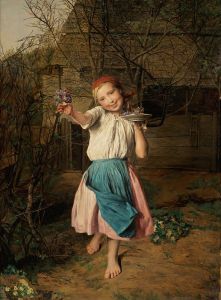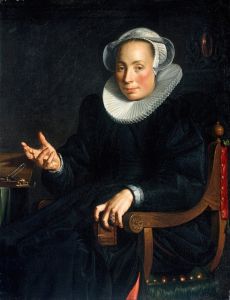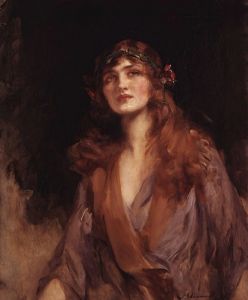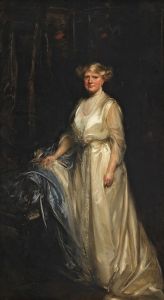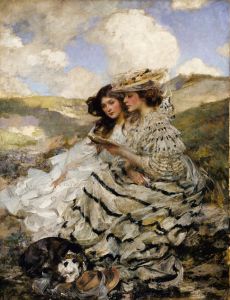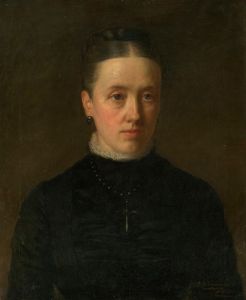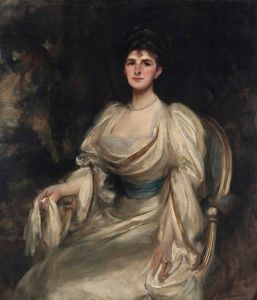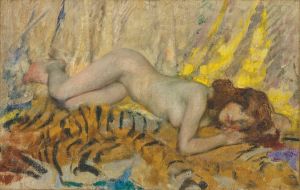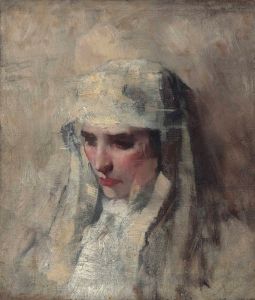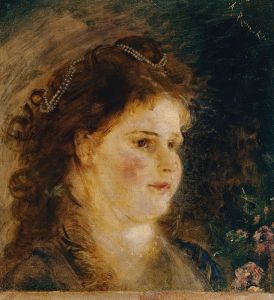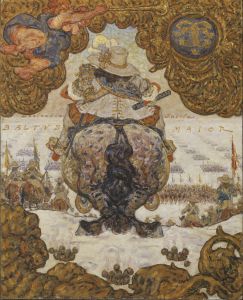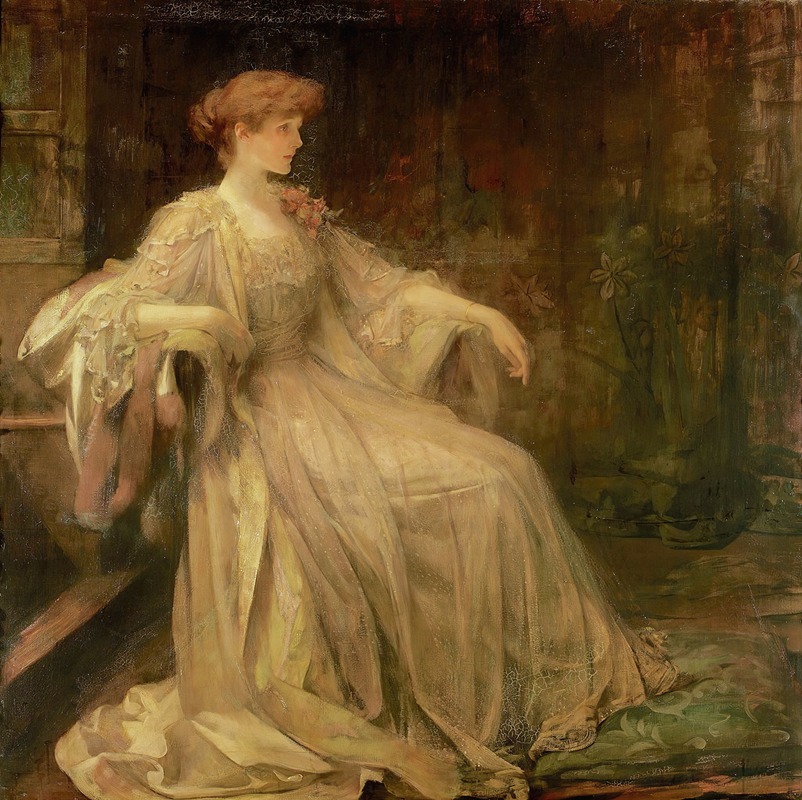
Portrait of Violet, Marchioness of Granby
A hand-painted replica of James Jebusa Shannon’s masterpiece Portrait of Violet, Marchioness of Granby, meticulously crafted by professional artists to capture the true essence of the original. Each piece is created with museum-quality canvas and rare mineral pigments, carefully painted by experienced artists with delicate brushstrokes and rich, layered colors to perfectly recreate the texture of the original artwork. Unlike machine-printed reproductions, this hand-painted version brings the painting to life, infused with the artist’s emotions and skill in every stroke. Whether for personal collection or home decoration, it instantly elevates the artistic atmosphere of any space.
"Portrait of Violet, Marchioness of Granby" is a painting by the Anglo-American artist James Jebusa Shannon (1862–1923). Shannon was a prominent portrait painter of the late 19th and early 20th centuries, known for his depictions of high society figures in Britain. This particular work portrays Violet Manners, the Marchioness of Granby, who later became the Duchess of Rutland. Violet Manners (1856–1937) was a notable figure in British aristocracy and a celebrated beauty of her time. She was also an accomplished artist and a central figure in the intellectual and artistic circles of the late Victorian and Edwardian eras.
The painting exemplifies Shannon's skill in capturing the elegance and poise of his sitters, as well as his mastery of color and texture. Shannon's style was influenced by the Aesthetic Movement, which emphasized beauty and artistic refinement. His portraits often featured a soft, luminous quality, with an emphasis on the sitter's personality and social status. In this work, Violet is depicted with a sense of grace and sophistication, reflecting her status as a leading figure in British high society.
The exact date of the painting is not definitively recorded, but it is believed to have been created during Shannon's peak period as a portraitist, likely in the late 19th or early 20th century. The painting is representative of the era's fascination with aristocratic portraiture, which served as both a personal memento and a public statement of wealth and influence.
As of now, the current location of the painting is not widely documented, and it is unclear whether it resides in a private collection or a public institution. Shannon's works are held in various collections, including the National Portrait Gallery in London, but specific details about this portrait's provenance remain limited.
James Jebusa Shannon was a member of the Royal Academy and received numerous accolades during his career. His portraits were highly sought after by the British elite, and his work remains an important example of late Victorian and Edwardian portraiture.
This painting is a testament to Shannon's ability to capture the essence of his subjects while adhering to the artistic ideals of his time. It also serves as a historical record of Violet Manners, a woman who played a significant role in the cultural life of her era.





